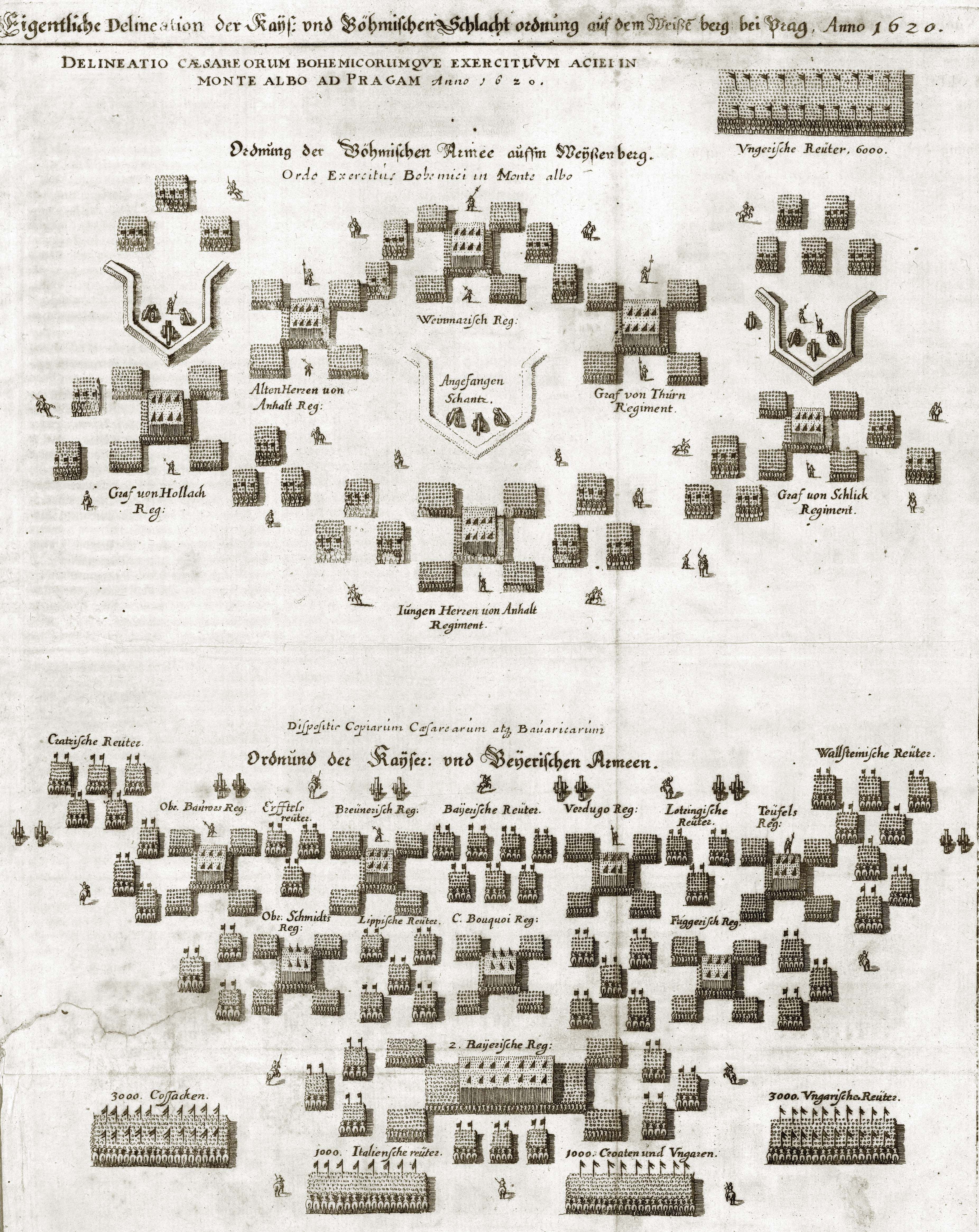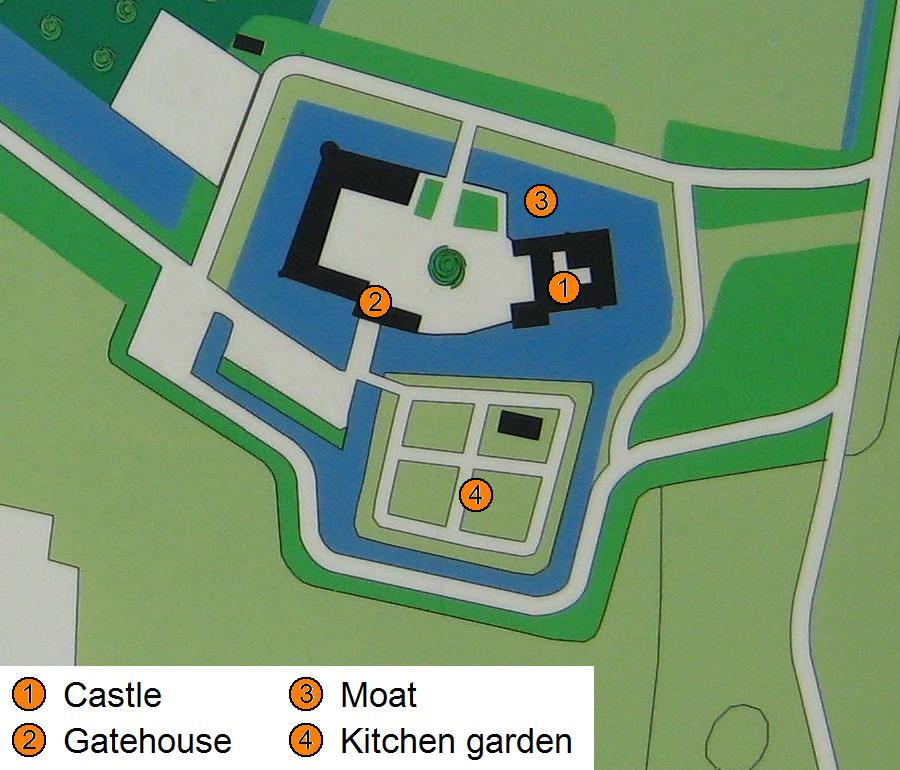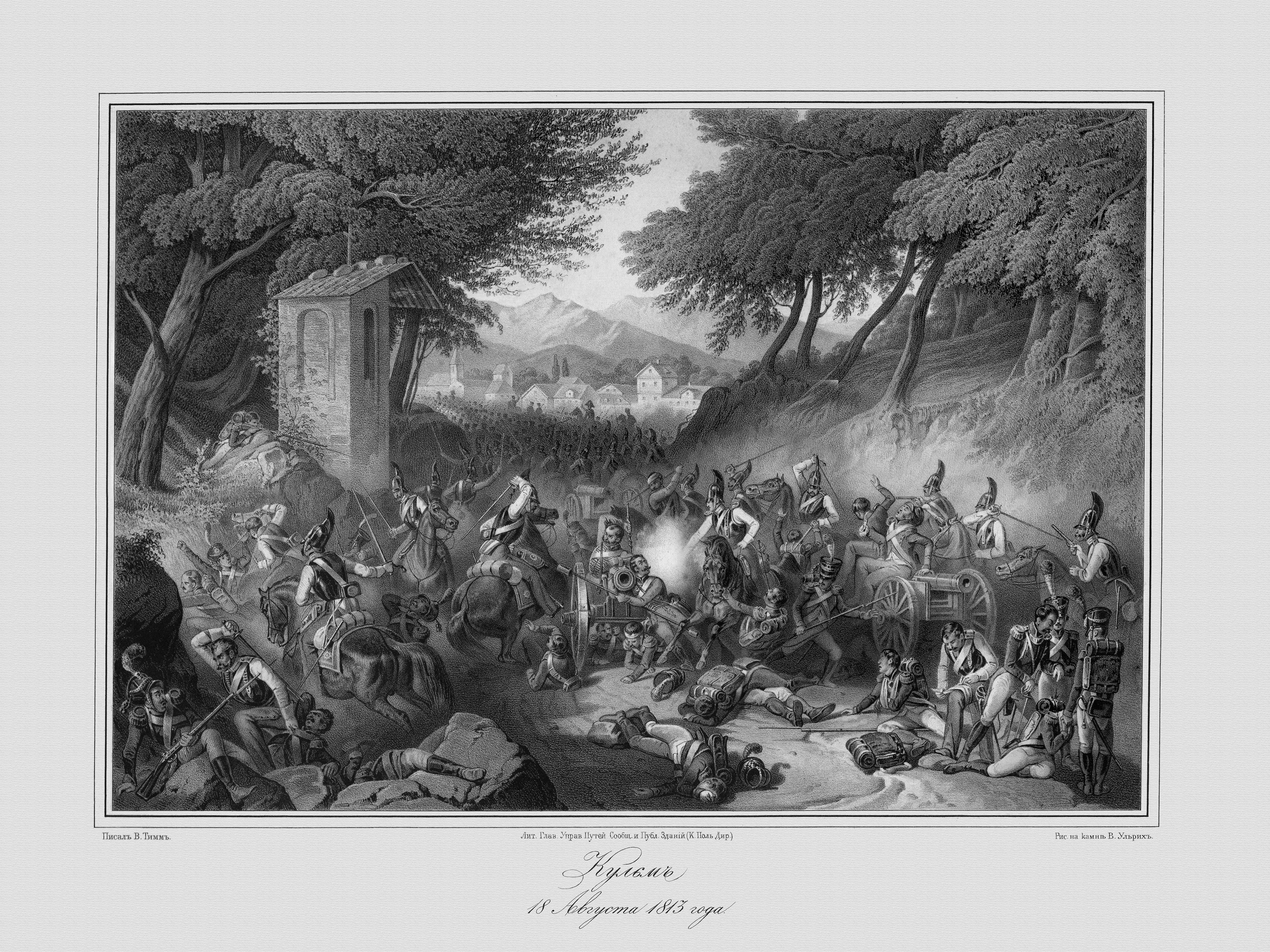|
Jílové
Jílové (until 1945 Jílové u Podmokel; german: Eulau) is a town in Děčín District in the Ústí nad Labem Region of the Czech Republic. It has about 5,100 inhabitants. Administrative parts Villages of Kamenec, Kamenná, Martiněves, Modrá and Sněžník are administrative parts of Jílové. Geography Jílové lies about west of Děčín. It is situated within the Bohemian Switzerland range of the Elbe Sandstone Mountains in the valley of the , a left tributary of the Elbe River. The town is located at the foot of the Děčínský Sněžník mountain, which is the highest peak of the municipal territory with above sea level. History Jílové was probably founded as a settlement on an ancient trade route from Bohemia to Lusatia. The nearby Lotarův vrch mountain may already had been the site of the 1126 Battle of Chlumec between Duke Soběslav I of Bohemia and King Lothair III of Germany, whose exact location is unknown. The first written mention of Jílové (u ... [...More Info...] [...Related Items...] OR: [Wikipedia] [Google] [Baidu] |
Děčín District
Děčín District ( cs, okres Děčín) is one of seven districts ('' okres'') located within the Ústí nad Labem Region in the Czech Republic. Its capital is the city of Děčín. Complete list of municipalities Arnoltice - Benešov nad Ploučnicí - Bynovec - Česká Kamenice - Děčín - Dobkovice - Dobrná - Dolní Habartice - Dolní Podluží - Dolní Poustevna - Doubice - Františkov nad Ploučnicí - Heřmanov - Horní Habartice - Horní Podluží - Hřensko - Huntířov - Chřibská - Janov - Janská - Jetřichovice - Jílové - Jiřetín pod Jedlovou - Jiříkov - Kámen - Krásná Lípa - Kunratice - Kytlice - Labská Stráň - Lipová - Lobendava - Ludvíkovice - Malá Veleň - Malšovice - Markvartice - Merboltice - Mikulášovice - Rumburk - Růžová - Rybniště - Srbská Kamenice - Staré Křečany - Starý Šachov - Šluknov - Těchlovice - Valkeřice - Varnsdorf - Velká Bukovina - Velký Šenov - Verneřice - Veselé - Vilémov ... [...More Info...] [...Related Items...] OR: [Wikipedia] [Google] [Baidu] |
Thun Und Hohenstein
The House of Thun und Hohenstein, also known as Thun-Hohenstein, belonged to the historical Austrian and Bohemian nobility. There is one princely and several comital branches of the family. The princely branch of the family lived at Děčín (Tetschen) in Bohemia for more than 200 years. History A feudal family originally from Ton, Trentino, formerly an Italian-speaking part of Tyrol (today part of the Trentino province of Italy), the male line traces back to Manfreinus of Tunno in 1187. Almanach de Gotha, ''Thun und Hohenstein''. Justus Perthes, 1944, p. 539 (in French). In 1469, they became hereditary cup-bearers of the Prince-bishopric of Trent and in 1558 of the Prince-bishopric of Brixen. Titles of Baron, Count and Prince All males of the family were granted the hereditary title of '' Freiherr'' (Baron) in 1604, and ''Reichsgraf'' (Count of the Holy Roman Empire) in 1629. The title of ''Fürst'' (Prince) was conferred on 19 July 1911 by Emperor Franz Joseph u ... [...More Info...] [...Related Items...] OR: [Wikipedia] [Google] [Baidu] |
Děčínský Sněžník
The Děčínský Sněžník (german: Hoher Schneeberg) is a mountain in the Czech Republic and, at above sea level, the highest peak in the Elbe Sandstone Mountains. The Sněžník is located in the Jílové municipality, west of Děčín in the Ústí nad Labem Region, in the mountainous area of Bohemian Switzerland, close to the border with Germany. One of the first historical figures to visit Děčínský Sněžník was Emperor Joseph II of Habsburg, who climbed the peak in September 1779. The Sněžník was considered an important geodetic point for triangulation and cartographers asked the owner of the principality of Děčín, Prince Franz of Thun and Hohenstein, for permission to establish the peak as a triangulation point. Prince Franz contracted the Dresden architect, Karl Moritz Haenel, to design a stone observation tower. The construction of the Neo-gothic tower at the summit of the Sněžník began in 1863. A nearby fault line a source of building material ... [...More Info...] [...Related Items...] OR: [Wikipedia] [Google] [Baidu] |
Battle Of Chlumec
:''See Battle at Chlumec (1040) for a possible earlier battle, and Battle of Kulm for the Napoleonic battle.'' The Battle of Chlumec was the culmination of a 12th-century war of succession in the Duchy of Bohemia. It occurred on 18 February 1126 in the vicinity of the village of Chlumec (german: Kulm) near Chabařovice on the southern slopes of the Eastern Ore Mountains. The Bohemian forces led by Duke Soběslav I defeated an Imperial contingent of troops under King Lothair III of Germany and his Moravian ally Duke Otto II the Black. Background Since Duke Bretislaus I of Bohemia had implemented the inheritance principle of agnatic seniority in the 11th century, the order of succession in Bohemia, many rivalling scions of the ramified Přemyslid dynasty waged war against each other. The claimants to the Prague throne sought for formal recognition by the Holy Roman Emperor, actually, the accession required the active support by the Bohemian nobility. The Přemyslid duke Vl ... [...More Info...] [...Related Items...] OR: [Wikipedia] [Google] [Baidu] |
Battle Of White Mountain
), near Prague, Bohemian Confederation(present-day Czech Republic) , coordinates = , territory = , result = Imperial-Spanish victory , status = , combatants_header = , combatant1 = Catholic League , combatant2 = Bohemian Confederation Electoral Palatinate , commander1 = , commander2 = , strength1 = 23,00012 guns , strength2 = 21,00010 guns , casualties1 = 650 killed and wounded , casualties2 = 2,800 killed and wounded , map_type = Czech Republic Prague#Czech Republic , map_mark = Battle icon (crossed swords).svg , map_relief = , map_size = 300px , map_marksize = 30 , map_caption = , map_label = White Mountain The Battle of White Mountain ( cz, Bitva na Bílé hoře; german: Schlacht am Weißen Berg) was an important battle in the early stages of the Thirty Years' War. It led to the defeat of the Bohemian ... [...More Info...] [...Related Items...] OR: [Wikipedia] [Google] [Baidu] |
Lothair II, Holy Roman Emperor
Lothair III, sometimes numbered Lothair II and also known as Lothair of Supplinburg (1075 – 4 December 1137), was Holy Roman Emperor from 1133 until his death. He was appointed Duke of Saxony in 1106 and elected King of Germany in 1125 before being crowned emperor in Rome. The son of the Saxon count Gebhard of Supplinburg, his reign was troubled by the constant intriguing of the Hohenstaufens, Duke Frederick II of Swabia and Duke Conrad of Franconia. He died while returning from a successful campaign against the Norman Kingdom of Sicily. Rise to power In 1013, a certain Saxon nobleman named ''Liutger'' was mentioned as a count in or of the Harzgau subdivision of Eastphalia. His grandson Count Gebhard, father of Emperor Lothair, possibly acquired the castle of Süpplingenburg about 1060 via his marriage with Hedwig, a daughter of the Bavarian count Frederick of Formbach and his wife Gertrud, herself a descendant of the Saxon margrave Dietrich of Haldensleben who secondly marr ... [...More Info...] [...Related Items...] OR: [Wikipedia] [Google] [Baidu] |
Charles IV, Holy Roman Emperor
Charles IV ( cs, Karel IV.; german: Karl IV.; la, Carolus IV; 14 May 1316 – 29 November 1378''Karl IV''. In: (1960): ''Geschichte in Gestalten'' (''History in figures''), vol. 2: ''F–K''. 38, Frankfurt 1963, p. 294), also known as Charles of Luxembourg, born Wenceslaus (, ), was the first King of Bohemia to become Holy Roman Emperor. He was a member of the House of Luxembourg from his father's side and the Bohemian House of Přemyslid from his mother's side; he emphasized the latter due to his lifelong affinity for the Bohemian side of his inheritance, and also because his direct ancestors in the Přemyslid line included two saints. He was the eldest son and heir of John of Bohemia, King of Bohemia and Count of Luxembourg, who died at the Battle of Crécy on 26 August 1346. His mother, Elizabeth, Queen of Bohemia, was the sister of Wenceslaus III, King of Bohemia and Poland, the last of the male Přemyslid rulers of Bohemia. Charles inherited the County of Luxemb ... [...More Info...] [...Related Items...] OR: [Wikipedia] [Google] [Baidu] |
Water Castle
A water castle is a castle whose site is largely defended by water. It can be entirely surrounded by water-filled moats (moated castle) or natural waterbodies such as island castles in a river or offshore. The term comes from European castle studies, mainly German ''Burgenkunde'', but is sometimes used in English-language popular science books and websites, and is mentioned in other more academic works. When stately homes were built in such a location, or a Wasserburg was later rebuilt as a residential manor, the German term becomes Wasserschloss, lit. "water palace/manor". Description Forde-Johnston describes such a site as "a castle in which water plays a prominent part in the defences." Apart from hindering attackers, an abundant supply of water was also an advantage during a siege. Topographically, such structures are a type of lowland castle, low-lying castle. Such a castle usually had only one entrance, which was via a drawbridge and that could be raised for protection in ... [...More Info...] [...Related Items...] OR: [Wikipedia] [Google] [Baidu] |
Česká Lípa
Česká Lípa (; german: Böhmisch Leipa) is a town in the Liberec Region of the Czech Republic. It has about 37,000 inhabitants and it is the most populated town of the Czech Republic without city status. The town centre is well preserved and is protected by law as an urban monument zone. Administrative parts The villages of Častolovice, Dobranov, Dolní Libchava, Dubice, Heřmaničky, Lada, Manušice, Okřešice, Písečná, Stará Lípa, Vítkov, Vlčí Důl and Žizníkov are administrative parts of Česká Lípa. Geography Česká Lípa lies about west of Liberec and north of Prague. The Ploučnice River flows through the town, approximately from its source. The highest point of the municipal territory is Špičák with an altitude of . History The old town of Česká Lípa was built near a ford on the Ploučnice where a Slavonic colony existed from the 10th century. The current territory of the town was permanently settled around the 13th century. The first written ... [...More Info...] [...Related Items...] OR: [Wikipedia] [Google] [Baidu] |
Obec
Obec (plural: ''obce'') is the Czech language, Czech and Slovak language, Slovak word for a municipality (in the Czech Republic, in Slovakia and abroad). The literal meaning of the word is "Intentional community, commune" or "community". It is the smallest administrative unit that is governed by elected representatives. Cities and towns are also municipalities. Definition Legal definition (according to the Czech code of law with similar definition in the Slovak code of law) is: ''"The municipality is a basic territorial self-governing community of citizens; it forms a territorial unit, which is defined by the boundary of the municipality."'' Every municipality is composed of one or more cadastre, cadastral areas. Every municipality is composed of one or more administrative parts, usually called town parts or villages. A municipality can have its own flag and coat of arms. Czech Republic Almost whole area of the republic is divided into municipalities, with the only exception be ... [...More Info...] [...Related Items...] OR: [Wikipedia] [Google] [Baidu] |
Ferdinand II, Holy Roman Emperor
Ferdinand II (9 July 1578 – 15 February 1637) was Holy Roman Emperor, King of Bohemia, King of Hungary, Hungary, and List of Croatian monarchs, Croatia from 1619 until his death in 1637. He was the son of Charles II, Archduke of Austria, Archduke Charles II of Inner Austria and Maria Anna of Bavaria (1551–1608), Maria of Bavaria. His parents were devout Catholic Church, Catholics, and, in 1590, they sent him to study at the University of Ingolstadt, Jesuits' college in Ingolstadt because they wanted to isolate him from the Lutheranism, Lutheran nobles. In July that same year (1590), when Ferdinand was 12 years old, his father died, and he inherited Inner Austria–Duchy of Styria, Styria, Duchy of Carinthia, Carinthia, Duchy of Carniola, Carniola and smaller provinces. His cousin, the childless Rudolf II, Holy Roman Emperor, who was the head of the Habsburg family, appointed regents to administer these lands. Ferdinand was installed as the actual ruler of the Inner Austria ... [...More Info...] [...Related Items...] OR: [Wikipedia] [Google] [Baidu] |
Battle Of Kulm
:''See Battle of Chlumec for the 1126 battle at Kulm The Battle of Kulm was fought near the town Kulm () and the village Přestanov in northern Bohemia. It was fought on 29–30 August 1813, during the War of the Sixth Coalition. A French Corps under General Dominique Vandamme attacked Alexander Ostermann-Tolstoy's Russian Corps on 29 August. The next day, Friedrich von Kleist's Prussian Corps hit Vandamme in the rear while Russian and Austrian reinforcements attacked the French front and left. Vandamme was defeated with the loss of 13,000 men and 82 guns. Background Following the French victory at Dresden, Vandamme pursued the retreating allies. Napoleon sent Marshals Gouvion Saint Cyr and Auguste Marmont to support Vandamme's corps. With Vandamme in advance, Saint Cyr's and Marmont's corps brought up the rear. Vandamme caught up with Alexander Ivanovich Ostermann-Tolstoy's forces near the town of Kulm, eight kilometres northwest of Aussig (Ústí nad Labem, now in th ... [...More Info...] [...Related Items...] OR: [Wikipedia] [Google] [Baidu] |





